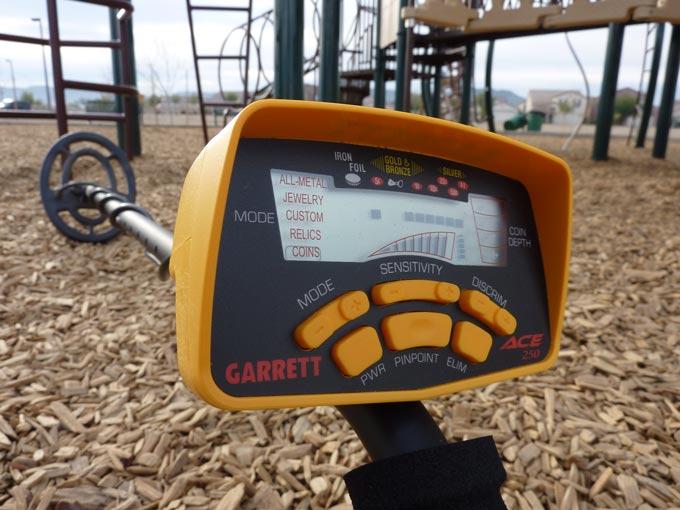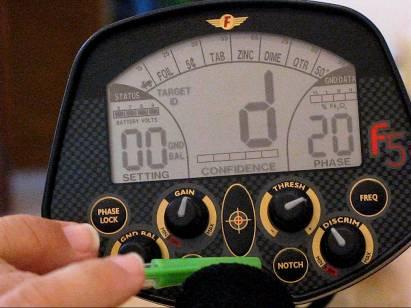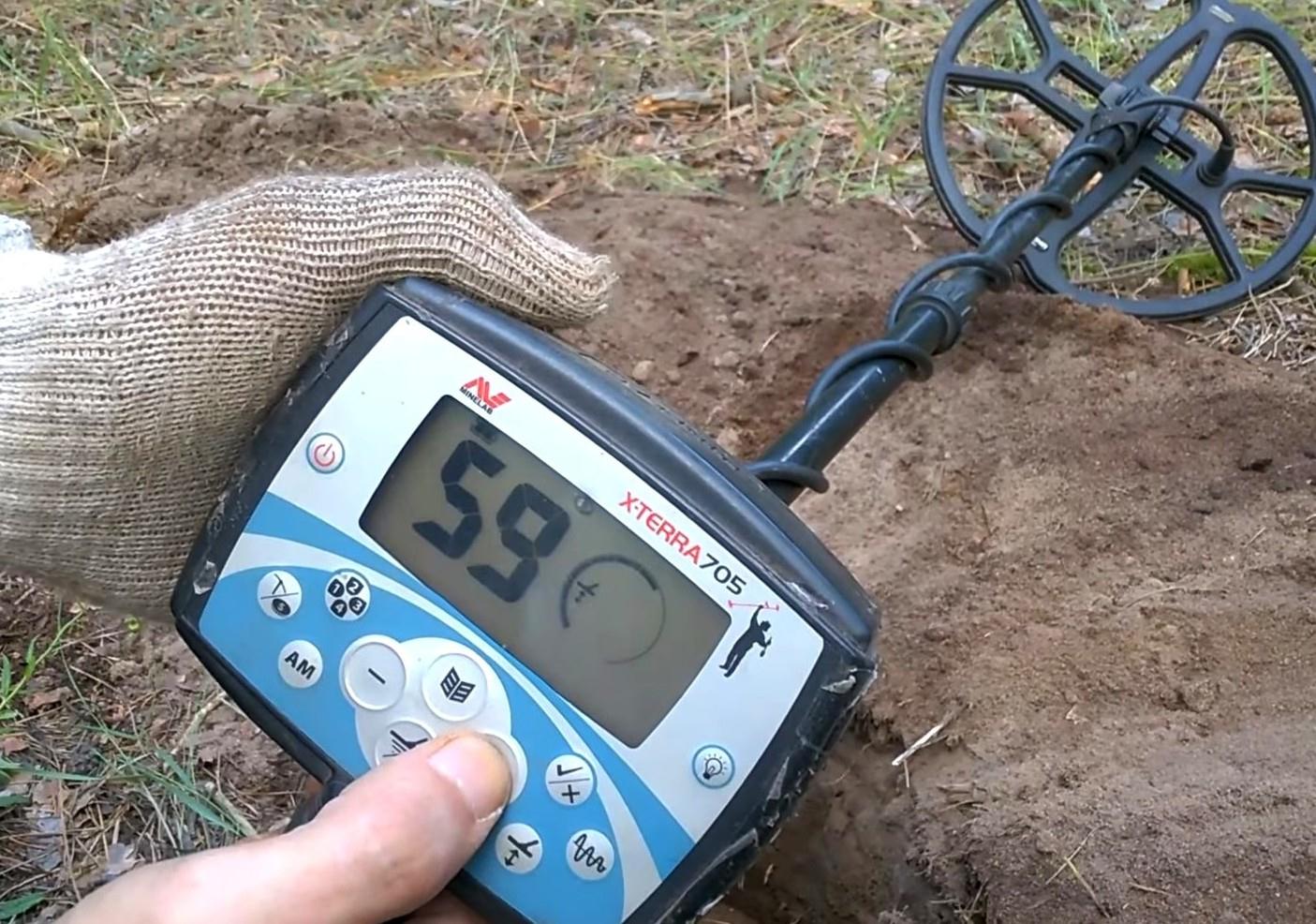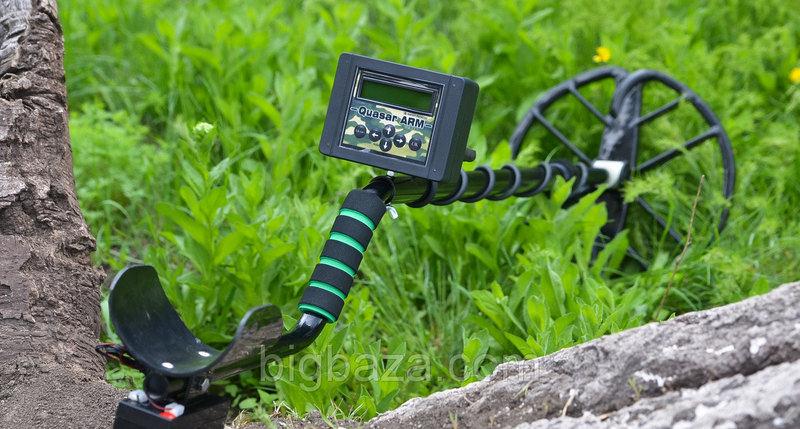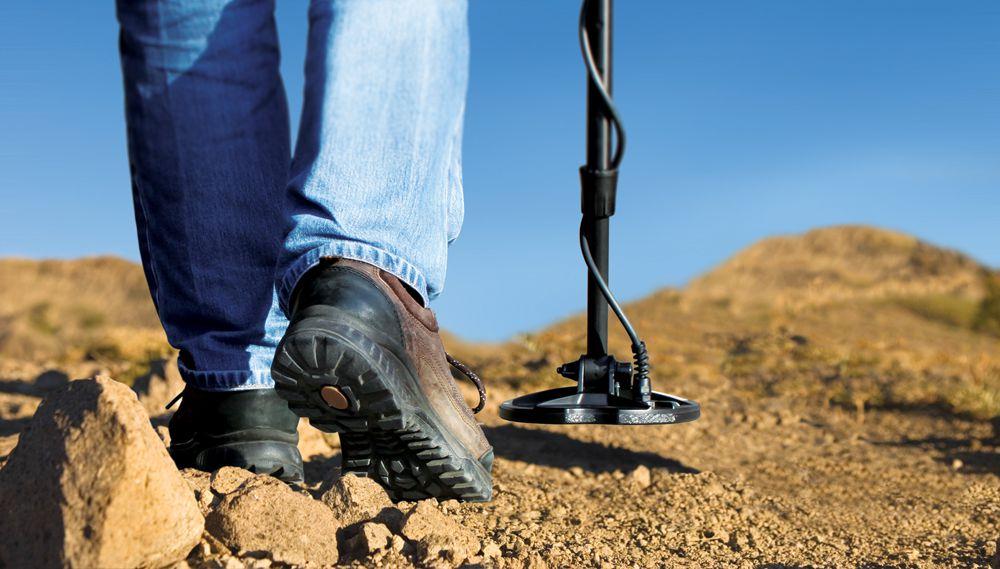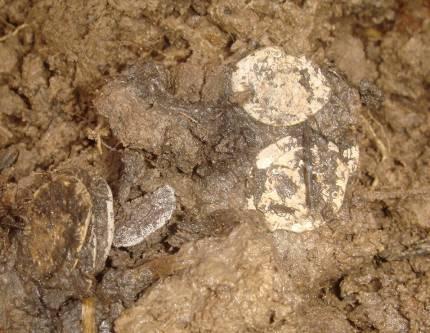The man with the metal detector: the finds will be enough for hundreds of years
What to find with a metal detector
Metal detector with your own hands. Detailed instructions with diagrams
Powerful Pirat metal detector with his own hands
Metal detector BU how to check
Search for gold with a metal detector
If the police came to your cop. What to do?
Metal detectors
What is a metal detector and how it works
How the metal detector works and more for beginners
What is a metal detector and how does it work?
How manual and arched metal detector works
Best metal detector for gold
Iskateli Collectors Store Chain
Choosing a metal detector to find gold
Tune Minelab X-Terra 705
How to set up a Garrett AT Pro metal detector
What can be found with a metal detector?
What can be found with a ground metal detector
Options for balancing the ground of metal detectors
What benefits can be brought to treasure hunters of downpours
What can you find with a metal detector?
How to use a metal detector and what to find
What can i find with a metal detector?
Looking for a treasure without a metal detector
Finds that can be made with a metal detector
Is it possible to find a treasure in Estonia and what to do if something valuable has fallen into your hands?
Named places where in the suburbs with a high probability you can find a treasure
What and where can be found with a metal detector?
Homemade metal detectors, or how to make a metal detector with your own hands
Search for hoards with a metal detector, the 2015 season is not closed yet
What is a metal detector and why it is needed
Improvised coil for pulsed metal detector
Search for metal detector-free coins
Where to look for coins metal detector
Instructions for the Garrett Ace 250 metal detector
What is a metal detector
What to find with a metal detector
Metal detector with your own hands. Detailed instructions with diagrams
Powerful Pirat metal detector with his own hands
Metal detector BU how to check
Search for gold with a metal detector
If the police came to your cop. What to do?
Metal detectors
What is a metal detector and how it works
How the metal detector works and more for beginners
What is a metal detector and how does it work?
How manual and arched metal detector works
Best metal detector for gold
Iskateli Collectors Store Chain
Choosing a metal detector to find gold
Tune Minelab X-Terra 705
How to set up a Garrett AT Pro metal detector
What can be found with a metal detector?
What can be found with a ground metal detector
Options for balancing the ground of metal detectors
What benefits can be brought to treasure hunters of downpours
What can you find with a metal detector?
How to use a metal detector and what to find
What can i find with a metal detector?
Looking for a treasure without a metal detector
Finds that can be made with a metal detector
Is it possible to find a treasure in Estonia and what to do if something valuable has fallen into your hands?
Named places where in the suburbs with a high probability you can find a treasure
What and where can be found with a metal detector?
Homemade metal detectors, or how to make a metal detector with your own hands
Search for hoards with a metal detector, the 2015 season is not closed yet
What is a metal detector and why it is needed
Improvised coil for pulsed metal detector
Search for metal detector-free coins
Where to look for coins metal detector
Instructions for the Garrett Ace 250 metal detector
What is a metal detector
Soil condition analysis is important in the process of metal search, because perfectly clean soils do not exist and any element or characteristic has an impact on the quality of signals from the search coil. The content of mineral salts increase the electrical conductivity of the soil, magnetically saturated soils create interference with scanning, the presence of stones and iron in the soil create false signals. In addition, signals in wet and dry soil differ from each other, changing the sensitivity of the metal detector even on the same site. All this reduces the effectiveness of the search in case no measures are taken to combat soil mineralization.
Even low-cost entry-level metal detector models, such as the Garrett Ace 250, have a built-in Ground Balance ground setting feature that is activated when turned on. In such detectors, the user does not have the ability to regulate this parameter, he can only trust his device and accept the average value of mineralization. This is very convenient for beginners in metal search, as you do not need to delve into the settings and just turn on the device and start scanning. However, this is not enough over time and additional adjustments are needed to increase search efficiency, including the need to adjust the balance of the ground.
4 options for setting up the ground depending on the level of the metal detector
Even low-cost entry-level metal detector models, such as the Garrett Ace 250, have a built-in Ground Balance ground setting feature that is activated when turned on. In such detectors, the user does not have the ability to regulate this parameter, he can only trust his device and accept the average value of mineralization. This is very convenient for beginners in metal search, as you do not need to delve into the settings and just turn on the device and start scanning. However, this is not enough over time and additional adjustments are needed to increase search efficiency, including the need to adjust the balance of the ground.
Semi-professional metal detectors are equipped mainly with automatic adjustment of the automatic ground balance, which must be adjusted before conducting search operations. First, you need to find a clean area and make sure that there are no iron objects, which is necessary to eliminate the errors of the setting. Once the detector is turned on, you need to press the ground balance button and start the customization process, and then smoothly bring the search coil to the ground at a distance of 5 centimeters and take it back about 30 cm. Thus, the metal detector begins to understand the difference between zero and real value of mineralization, at the end of the process the device should give a beep about the success of the setting.
Manual adjustment of the manual balance of the manual Ground Balance is possessed by professional metal detectors, which have the ability to fine-tune soil mineralization indicators. Most often, this method adjusts the values obtained by automatic ground adjustment. This option is designed to set the most accurate value of the ground balance and achieve the maximum depth of detection. Manual tuning is used to establish maximum sensitivity when searching on small areas. This method is also suitable for soils with a high content of small metal debris. In practice, the setting is done by lifting and lowering the search coil and simultaneously rotating the ground balance regulator until the beep disappears.
Some metal detector models have an advanced version of the ground balance setting , Automatic Tracking Ground Balance, which tracks the soil's condition in real time right during scanning. This function is supplied with expensive professional devices that independently determine the condition of the soil and the user does not even notice these changes. One of these devices is the Minelab X-Terra 705, which is equipped with three ground-setting modes, including tracking mode. The tracking automatic ground balance setting provides maximum sensitivity to the detector throughout the detection depth, excluding target omissions and false positives.
What benefits can be brought to treasure hunters of downpours
What can be found with a metal detector?
best reviews metal detectors for gold
The man with the metal detector: the finds will
be enough for hundreds of years
What to find with a metal detector
Metal detector with your own hands. Detailed instructions with diagrams
Powerful Pirat metal detector with his own hands
What can be found with a metal detector?
best reviews metal detectors for gold
The man with the metal detector: the finds will
be enough for hundreds of years
What to find with a metal detector
Metal detector with your own hands. Detailed instructions with diagrams
Powerful Pirat metal detector with his own hands
Comments & Responses
Leave a Reply
Your email address will not be published. Required fields are marked *
Comment
Leave a Reply
Your email address will not be published. Required fields are marked *
Comment
Name *
Email *
Website
